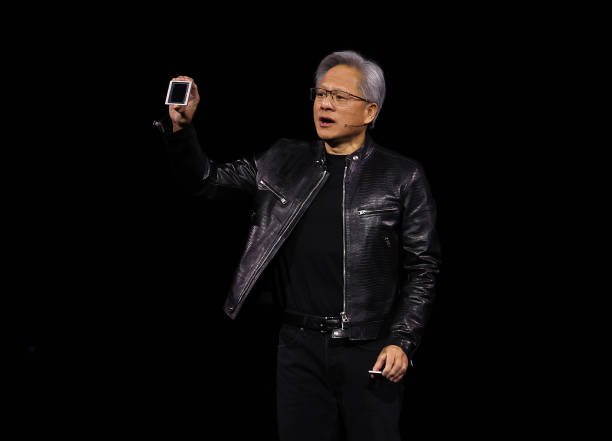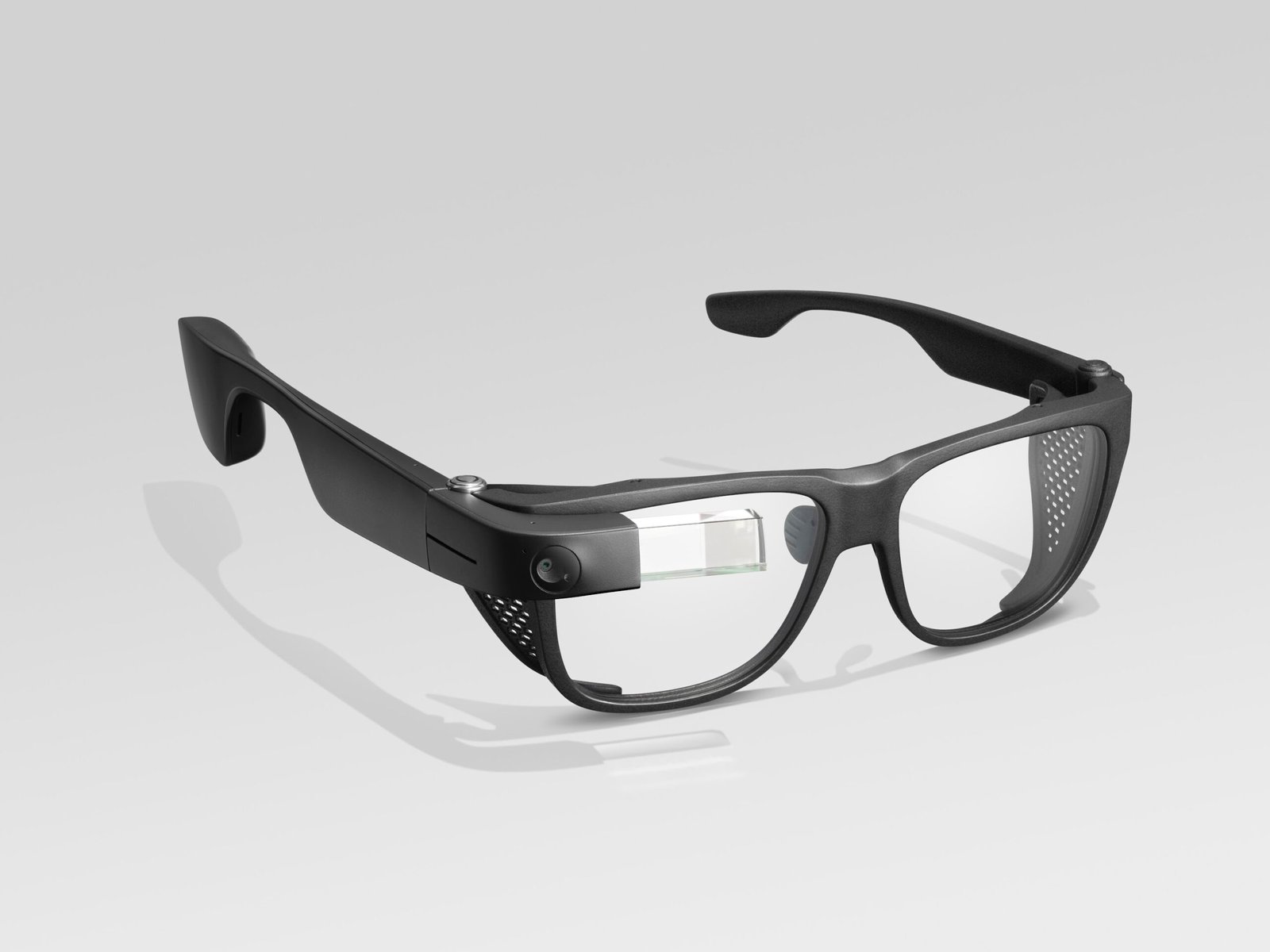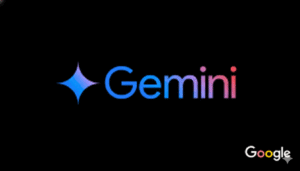Nvidia took center stage at GTC 2025, drawing a massive crowd of 25,000 attendees to San Jose. The event was packed with energy, with sessions so full that people stood against walls or sat on the floor. Nvidia, still the leader in AI chips, showcased its latest innovations while facing growing challenges in the industry.
CEO Jensen Huang delivered a high-energy keynote, introducing cutting-edge GPUs, personal AI supercomputers, and even robots. His message was clear: demand for Nvidia’s technology is stronger than ever. But investors weren’t entirely convinced, as the company’s stock dipped following the presentation.
Nvidia addressed concerns about AI efficiency, pointing to the rise of reasoning models like DeepSeek’s R1. While some worry these models might reduce the need for high-power chips, Huang insisted they will drive even more demand. He introduced the next-gen Vera Rubin GPUs, claiming they will run AI models twice as fast as the current Blackwell chips.
However, competition is heating up. Companies like Cerebras and Groq are offering alternative AI hardware, and major tech players—including AWS, Google, and Microsoft—are developing their own custom AI chips. Additionally, OpenAI and Meta are looking for ways to reduce their reliance on Nvidia. If they succeed, Nvidia’s dominance in AI hardware could weaken.
Another challenge is the possibility of U.S. tariffs affecting chip production. While Taiwan remains tariff-free for now, Huang reassured attendees that any short-term impact would be minimal. Still, he acknowledged the long-term risks. To mitigate potential issues, Nvidia is investing heavily in U.S. manufacturing, but this comes at a high cost, which could affect profit margins.
Beyond AI chips, Nvidia is expanding into new areas. At GTC, the company made a push into quantum computing, an industry it has largely overlooked until now. Huang even apologized for his past skepticism about quantum’s near-term potential. Nvidia announced the opening of a new quantum computing center in Boston, which will focus on simulation and error correction using Nvidia hardware.
One of the biggest product reveals was Nvidia’s new personal AI supercomputers. The DGX Spark and DGX Station are designed for AI model development at the edge. They come with a hefty price tag, but Huang believes they represent the future of computing, saying, “This is what computers will look like in the AI era.”
Despite its dominance, Nvidia faces a critical period. While its innovations continue to push boundaries, increasing competition, shifting customer priorities, and potential tariffs pose real risks. The next few months will be key in determining whether Nvidia can maintain its AI leadership or if the market is set for a major shift.





















